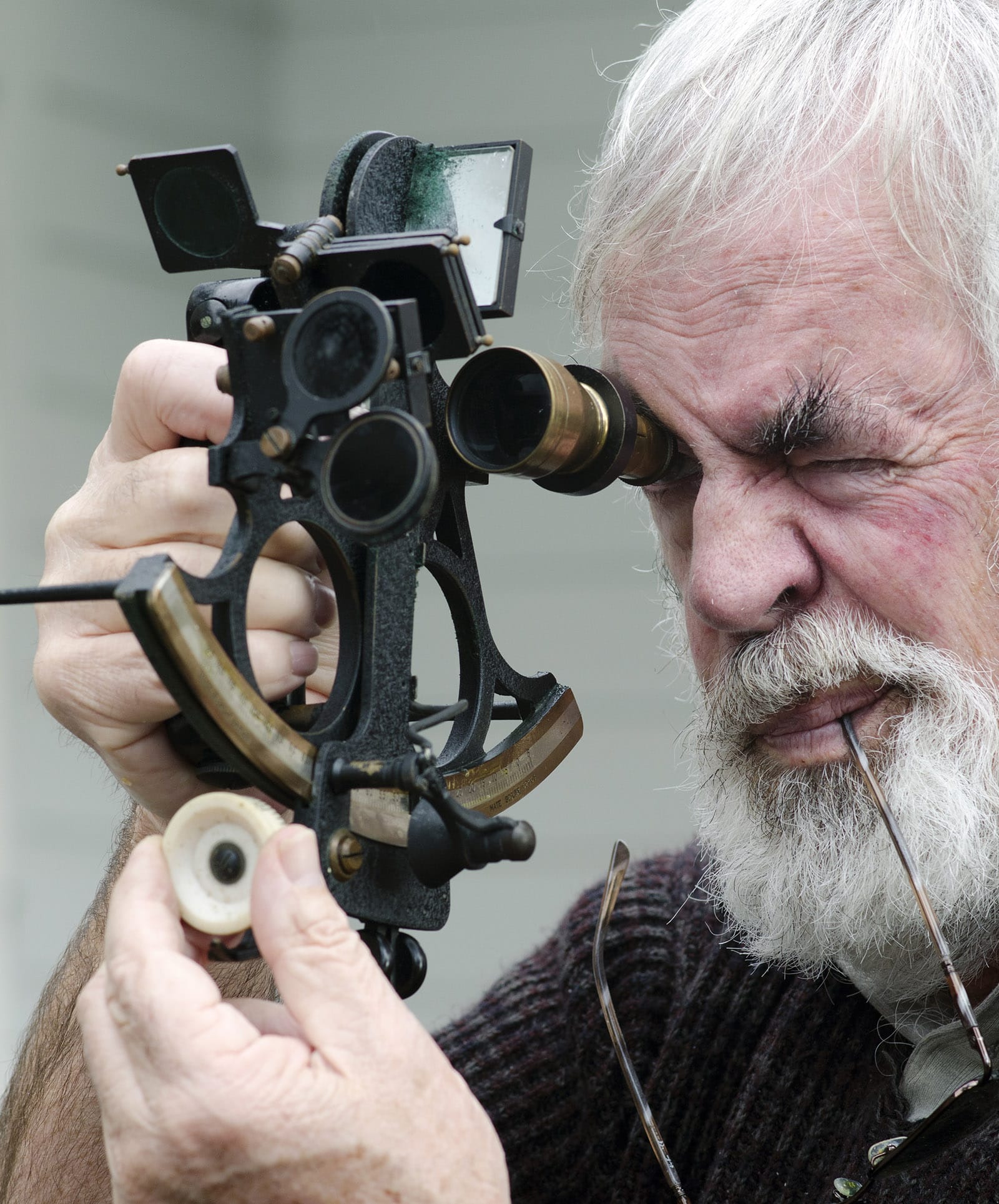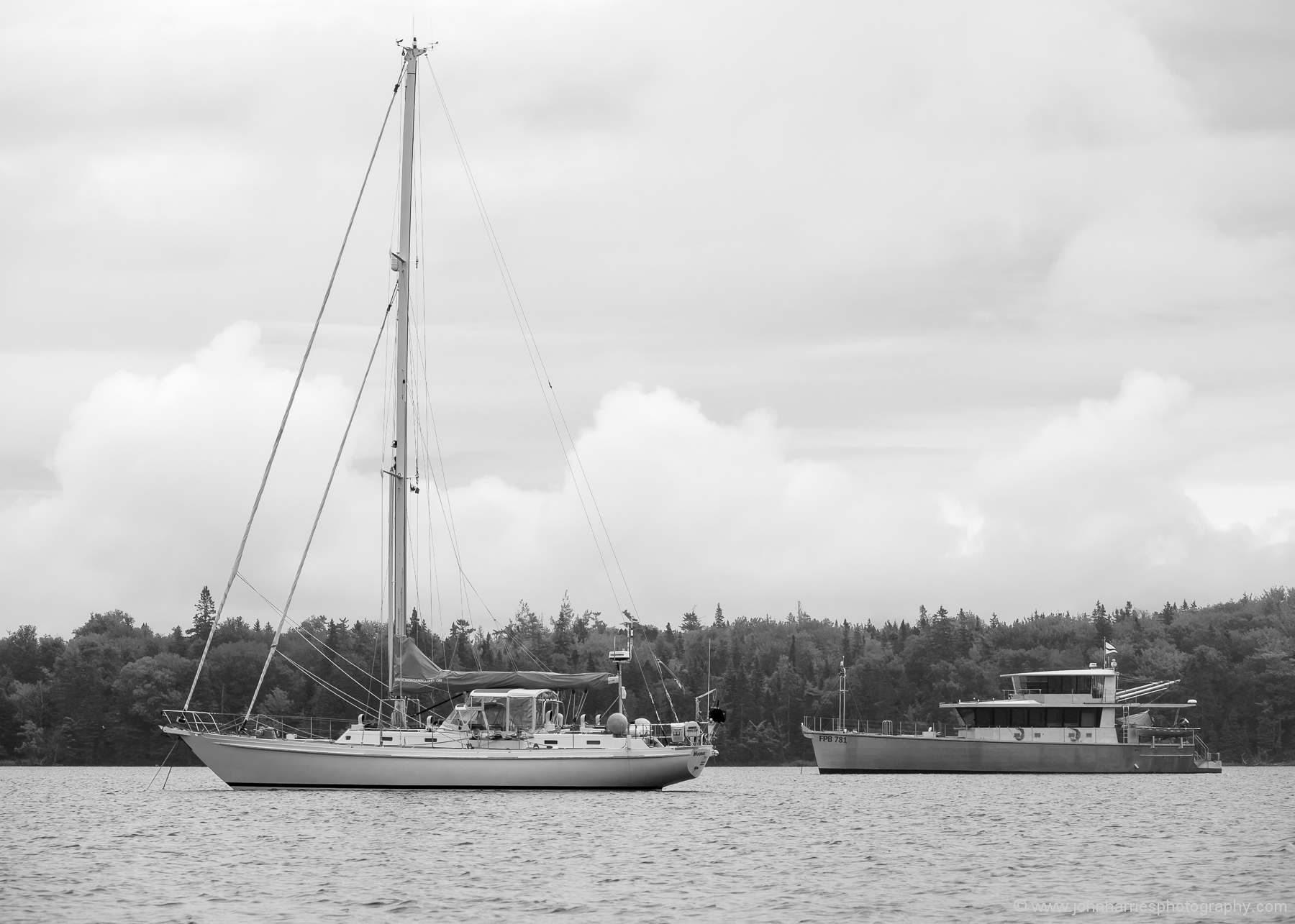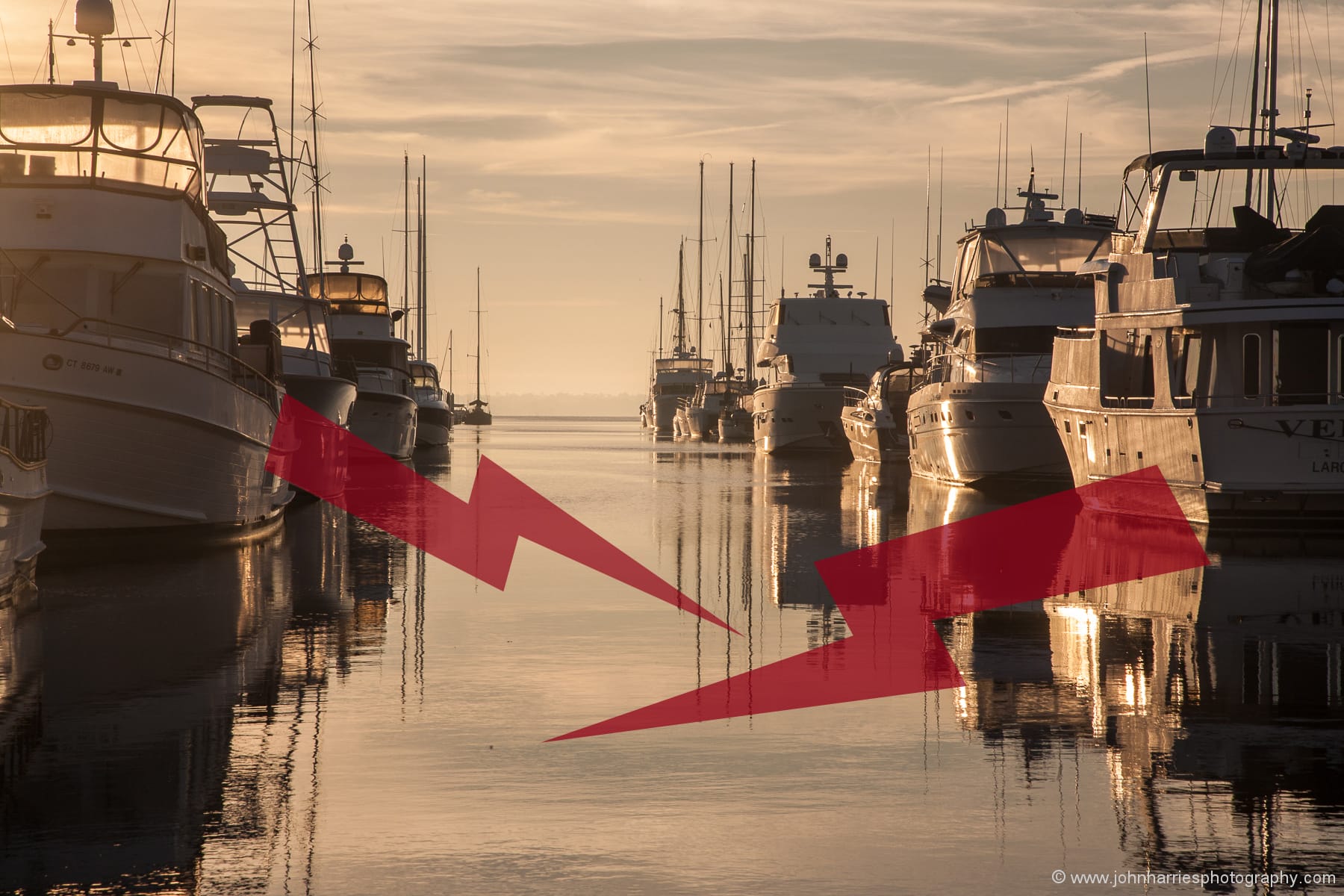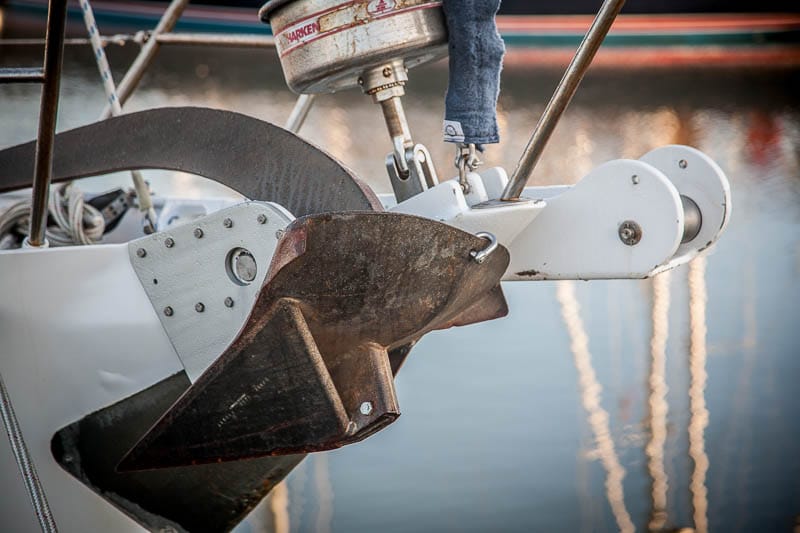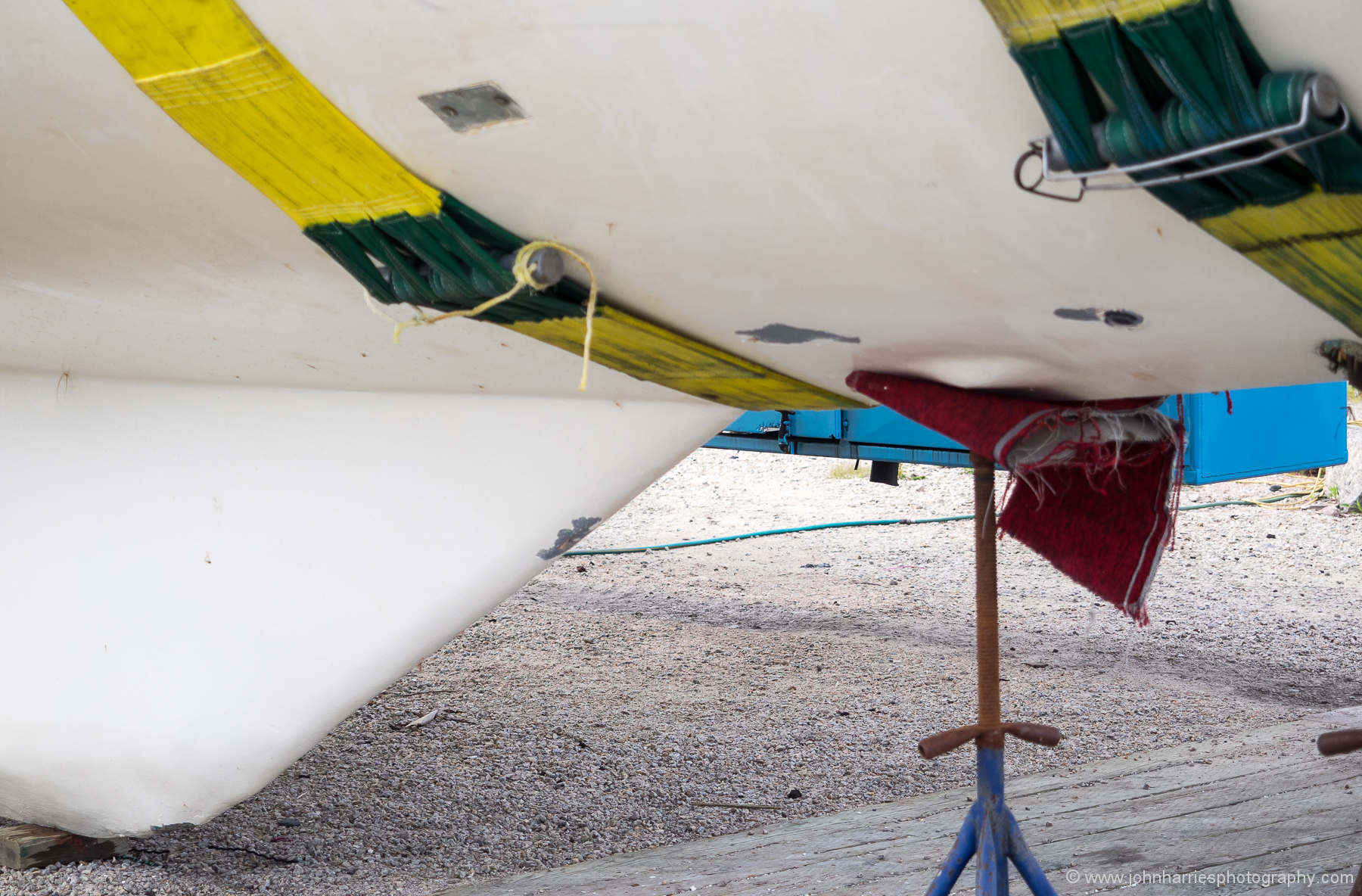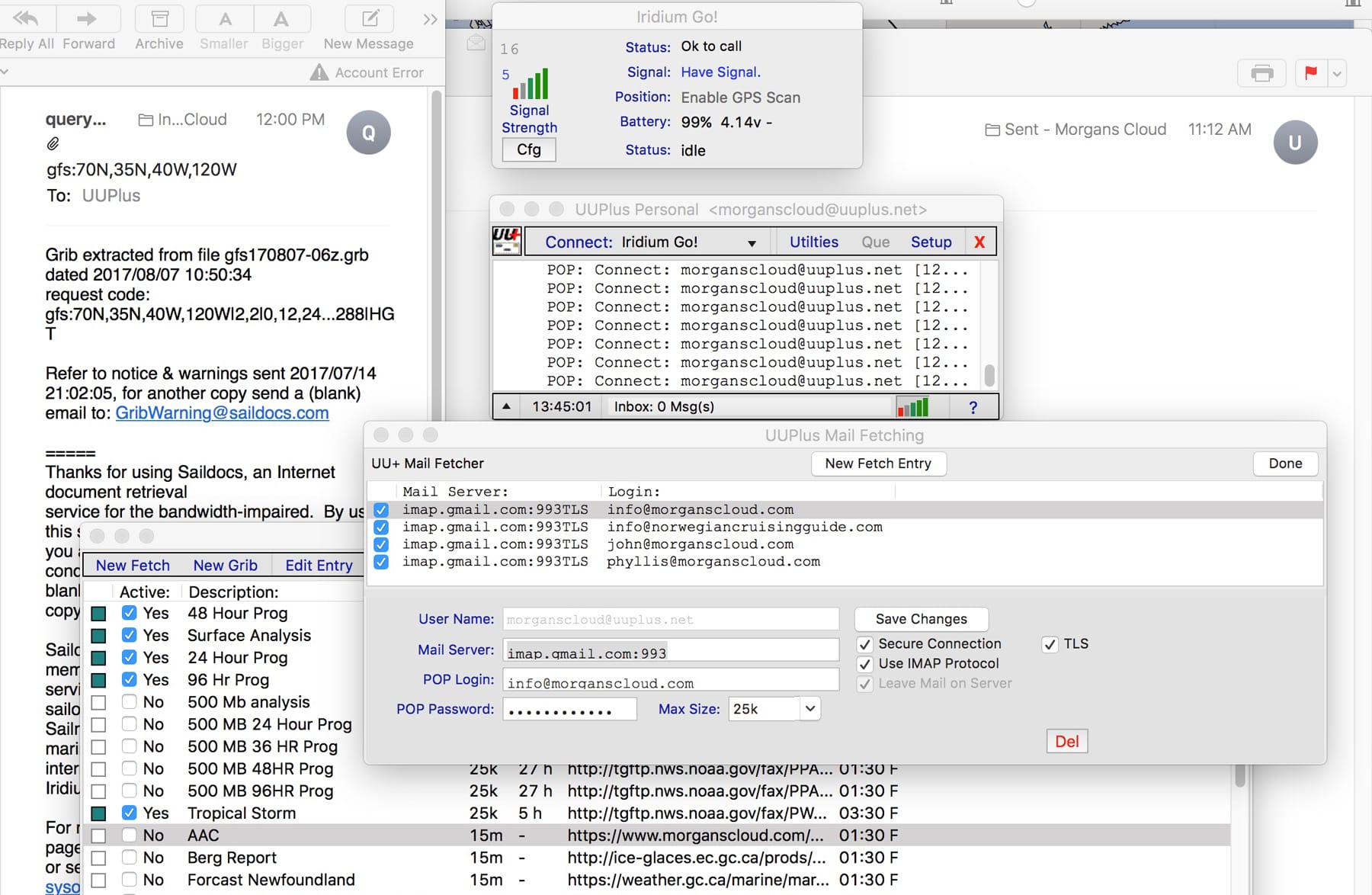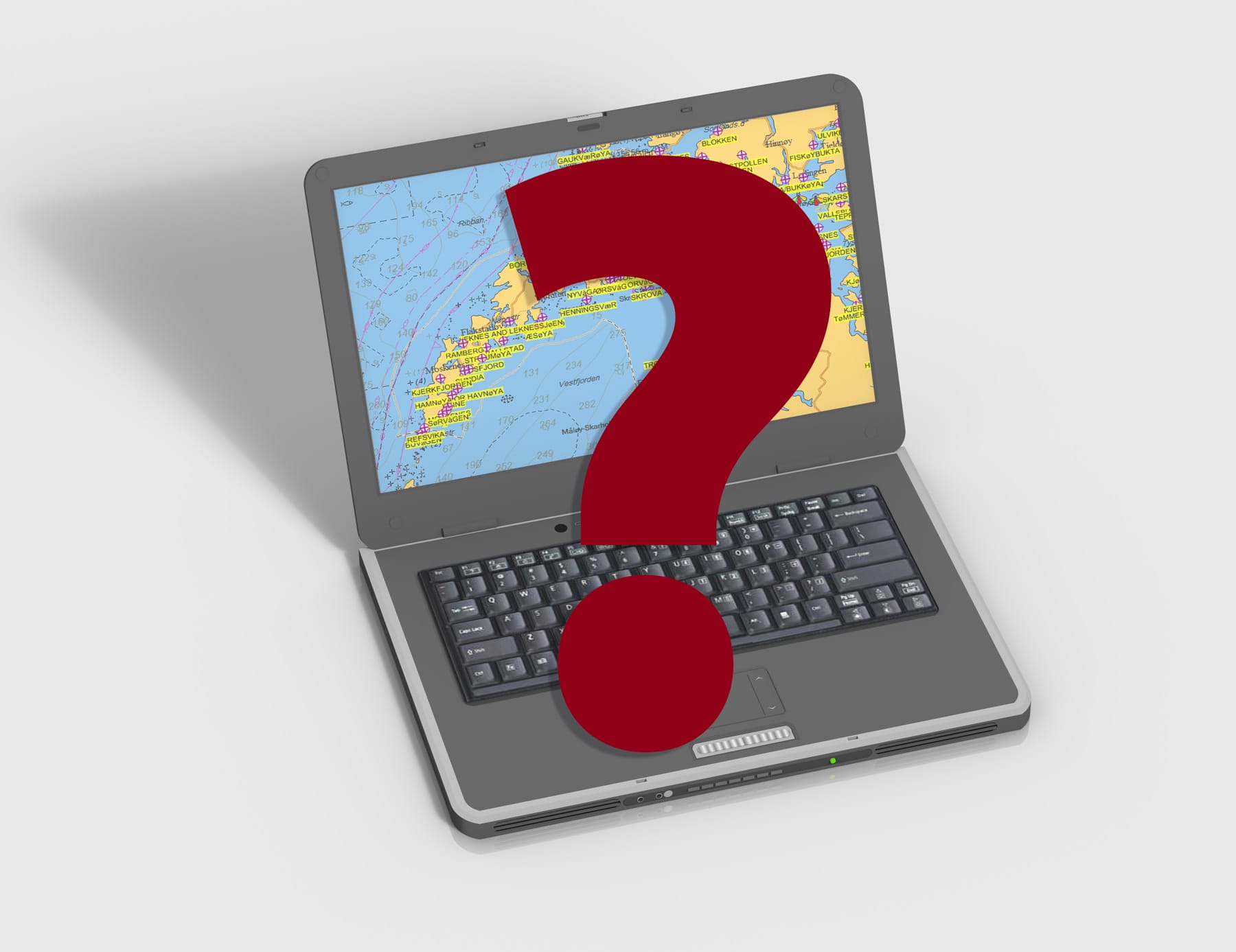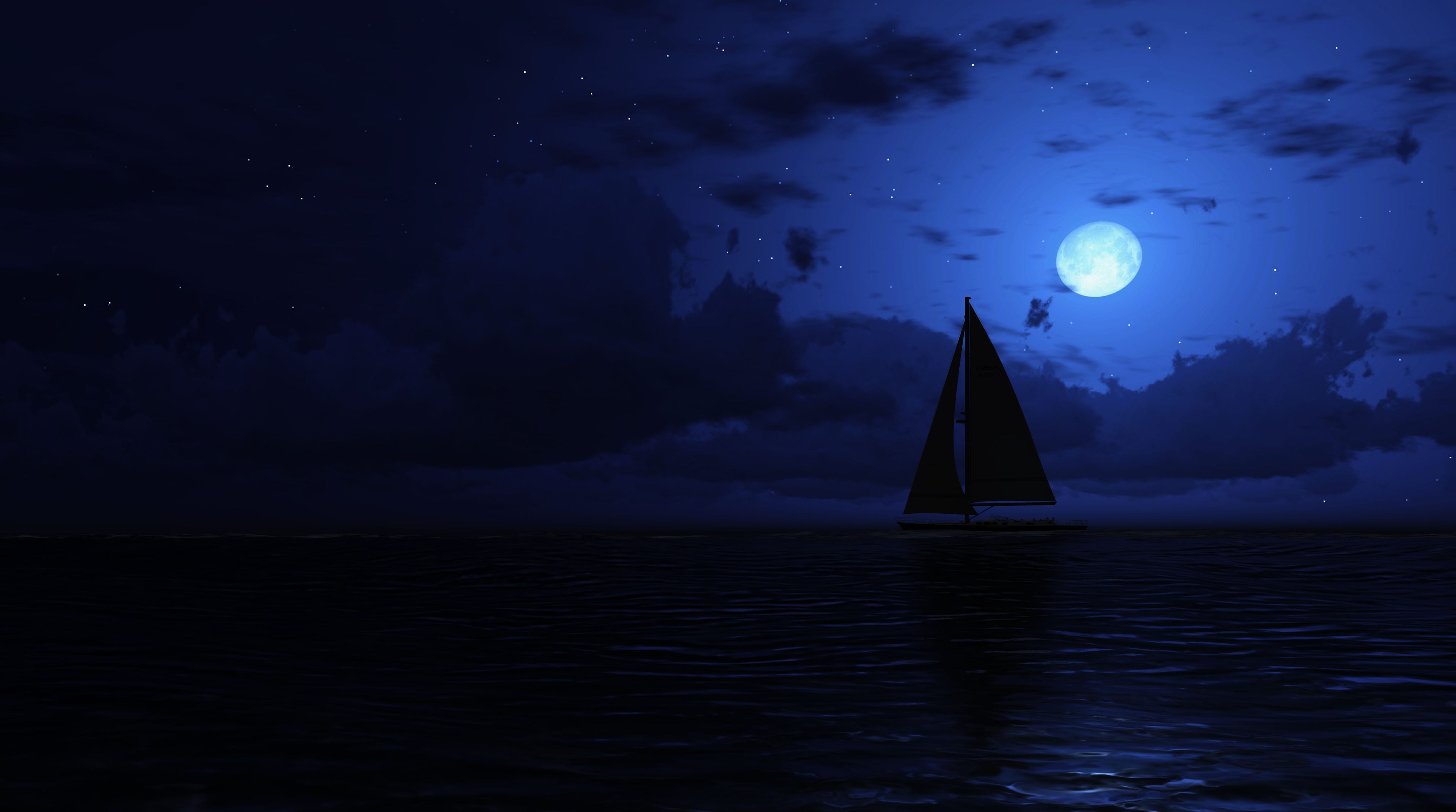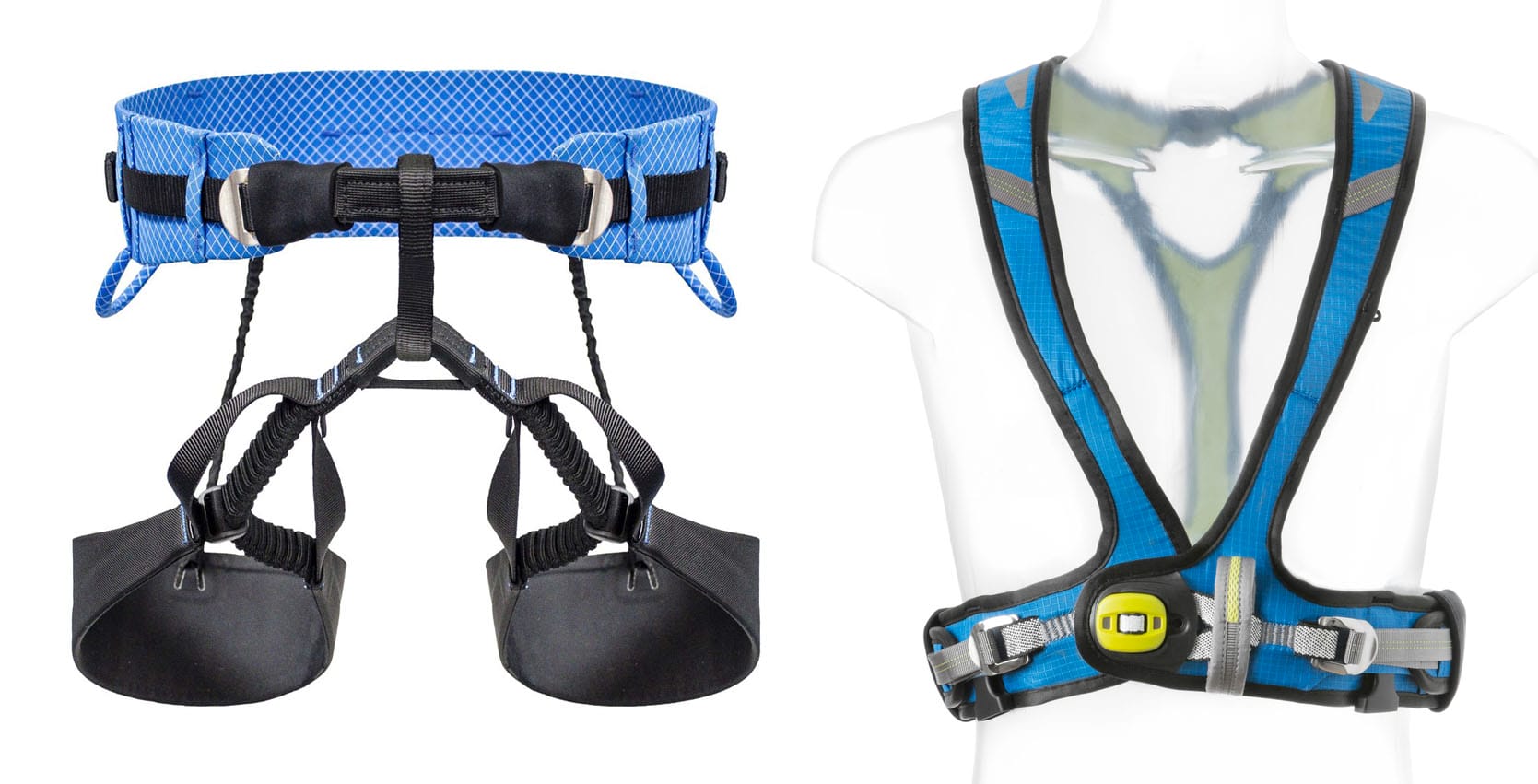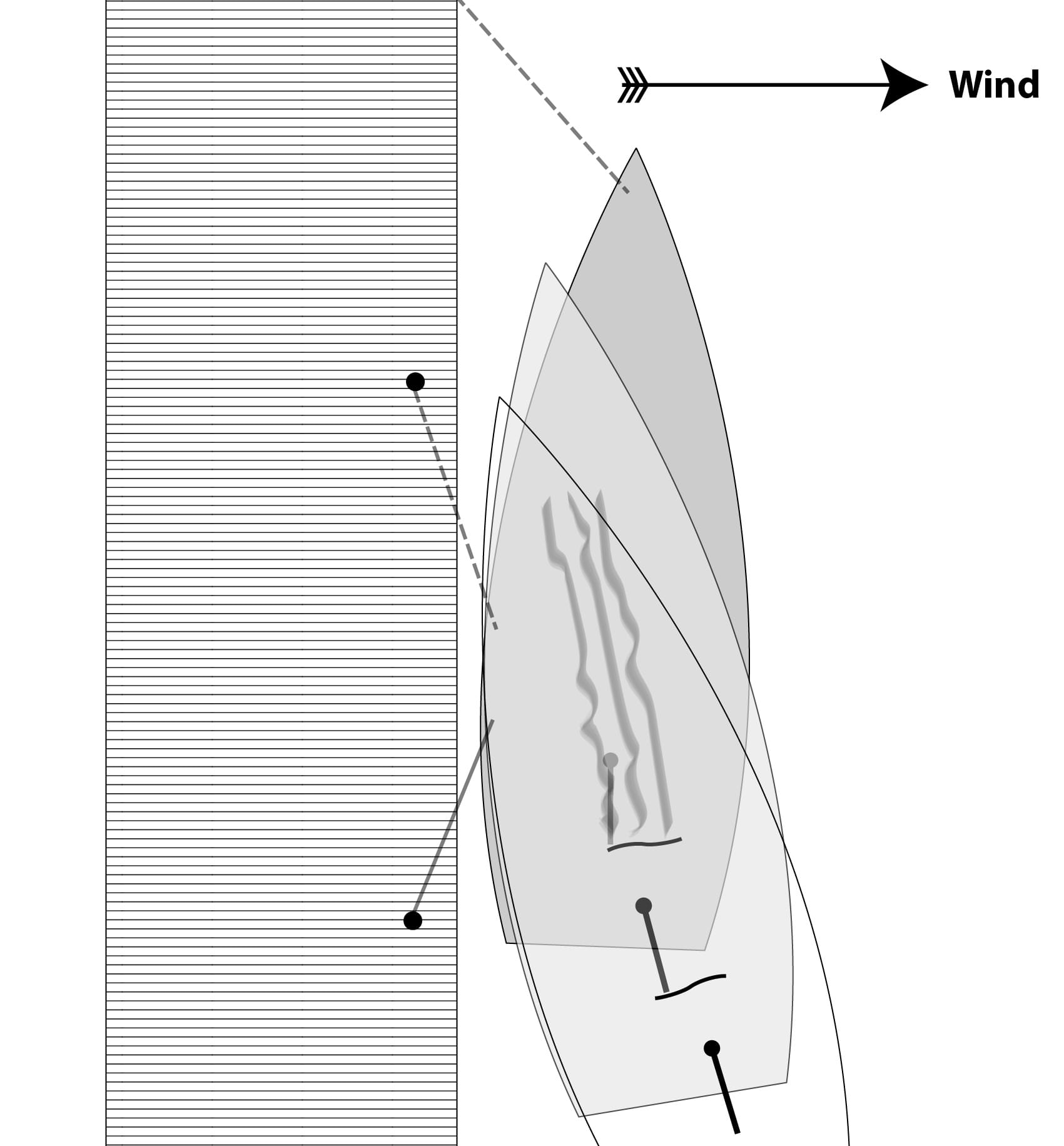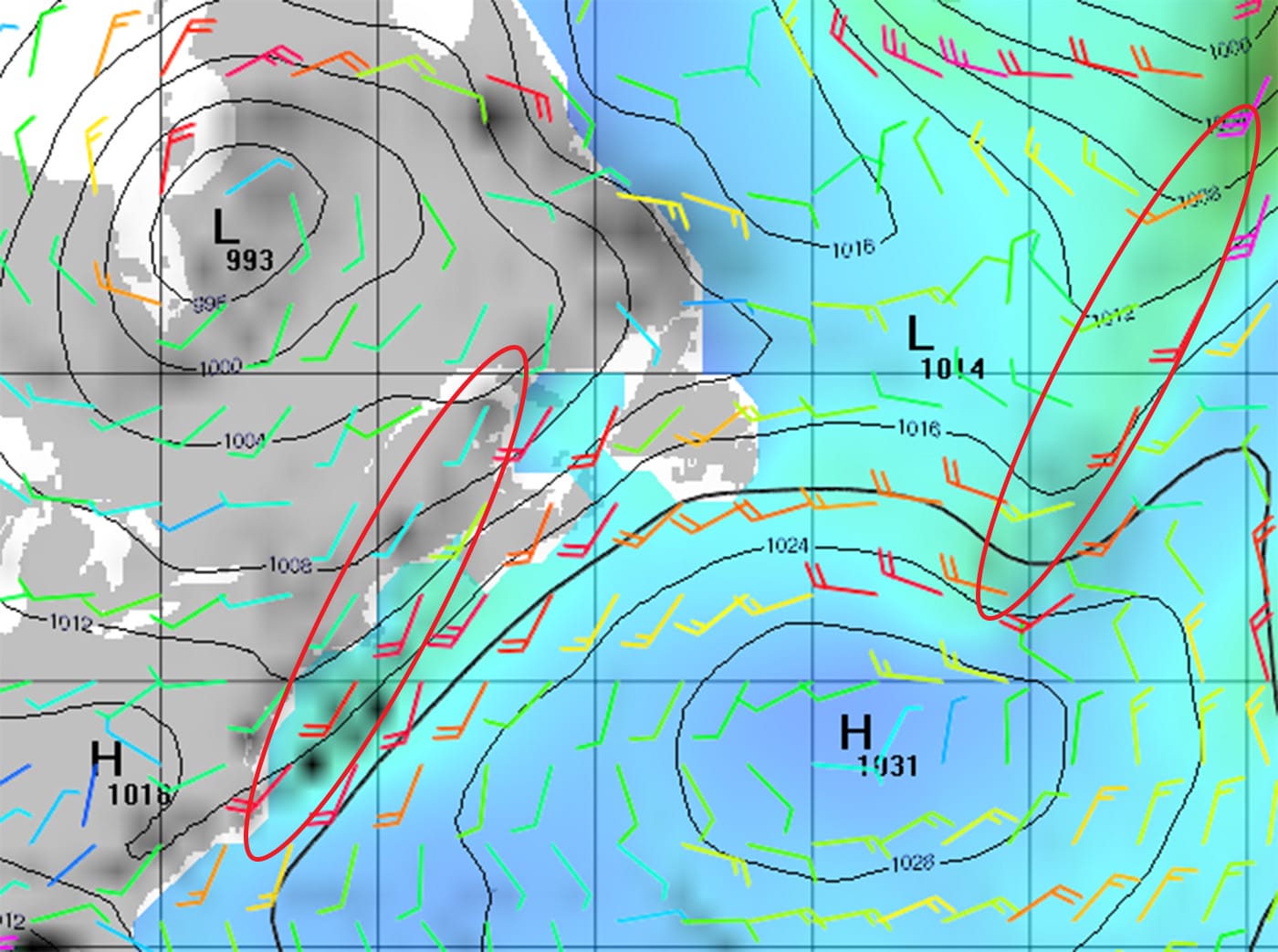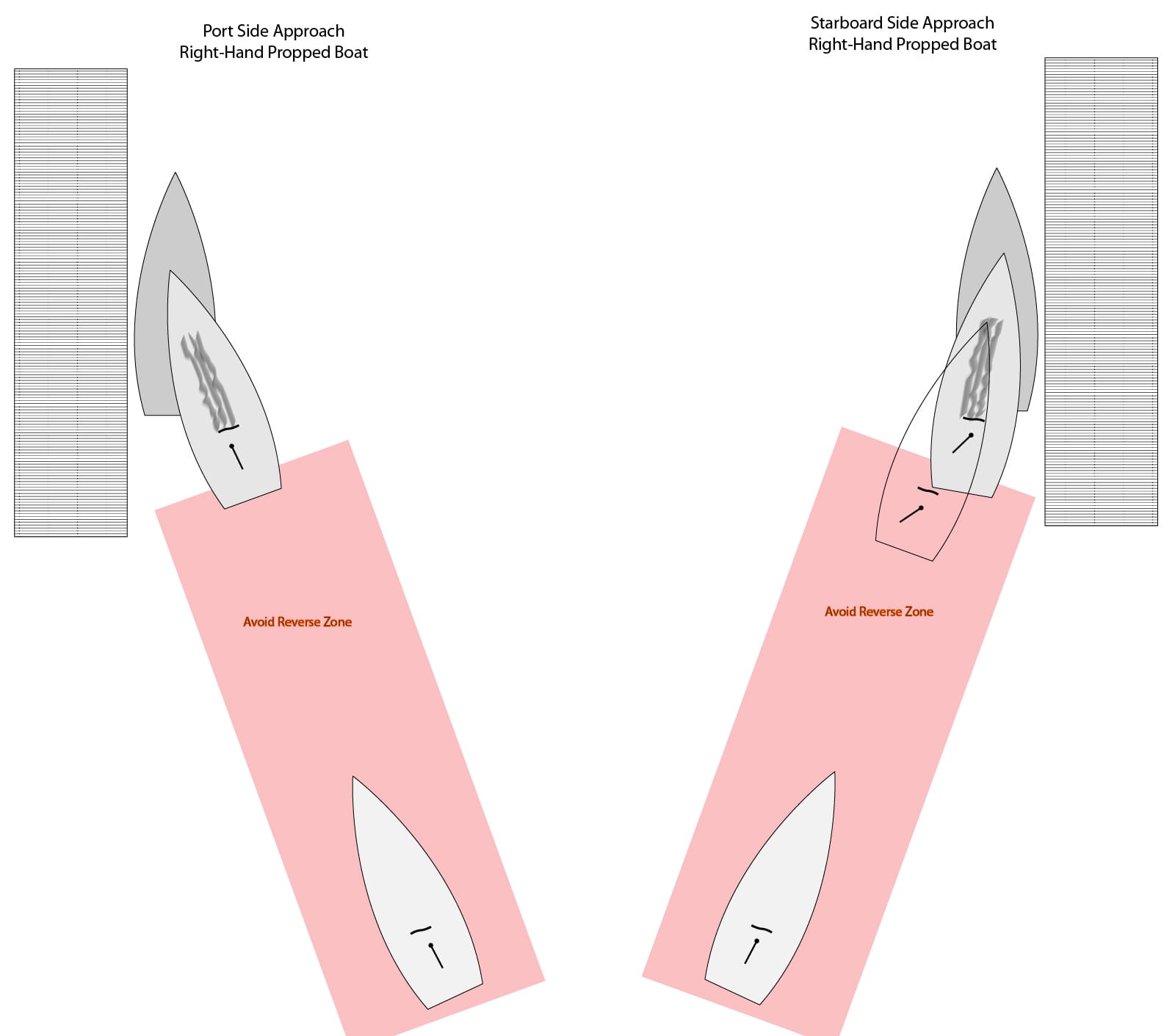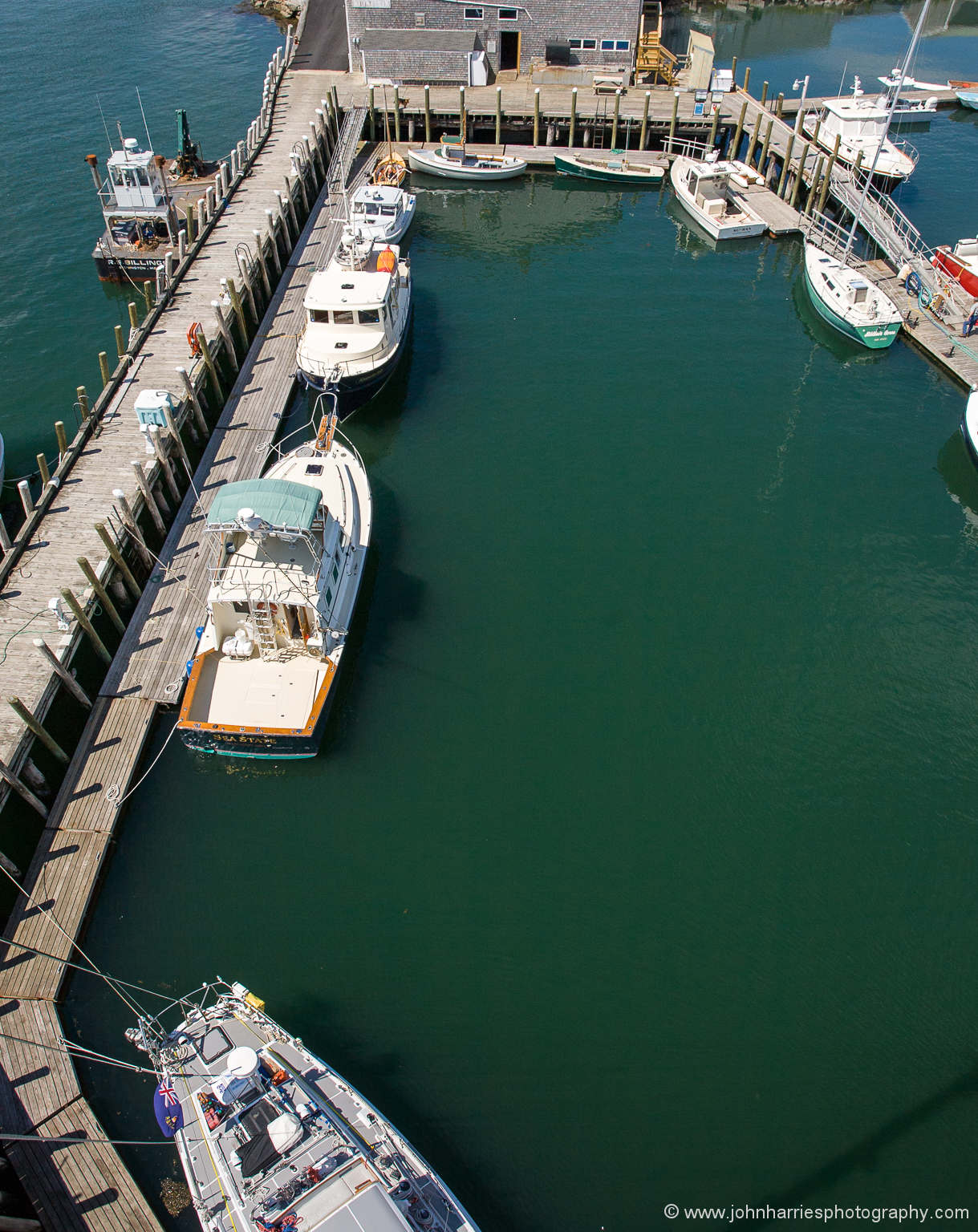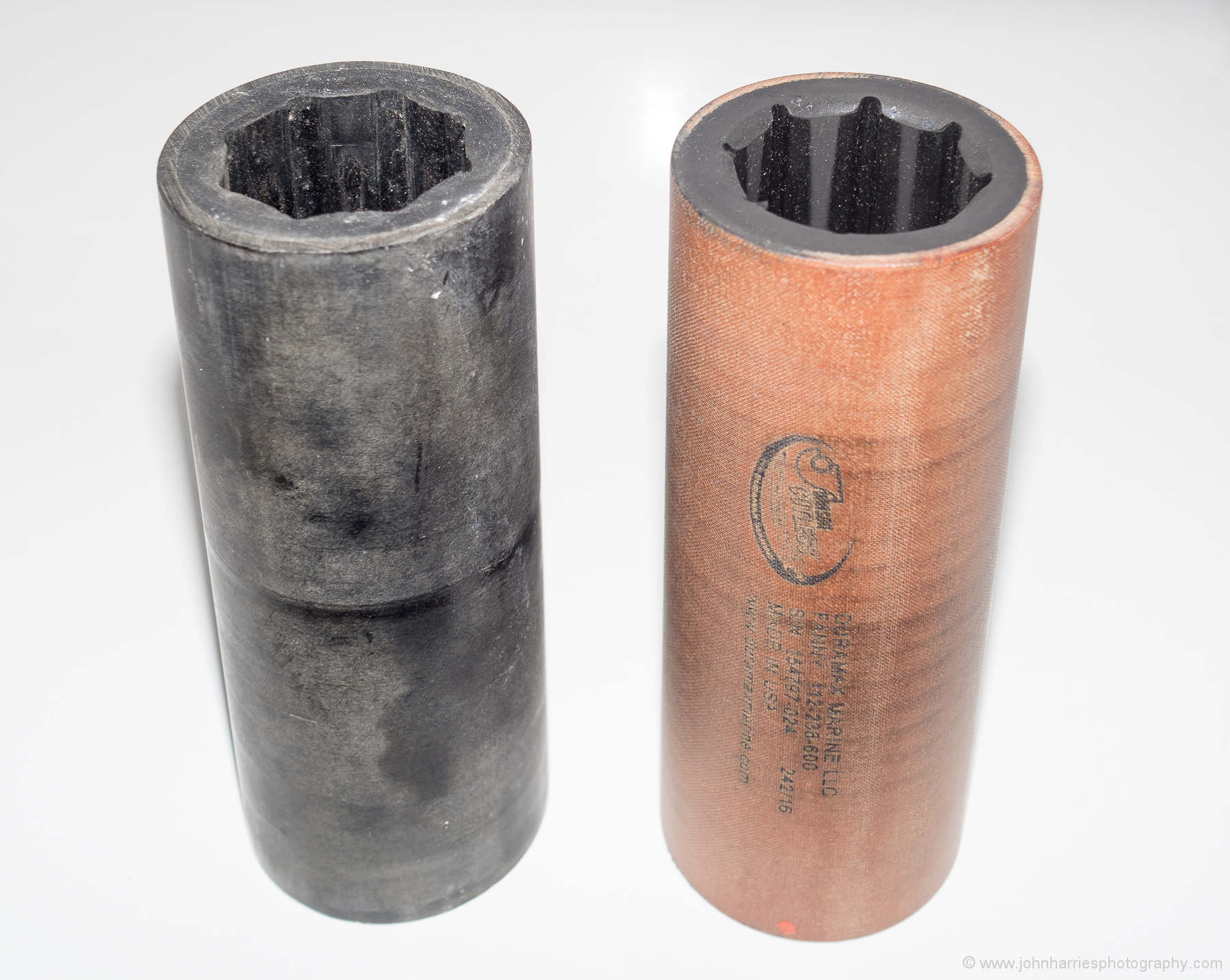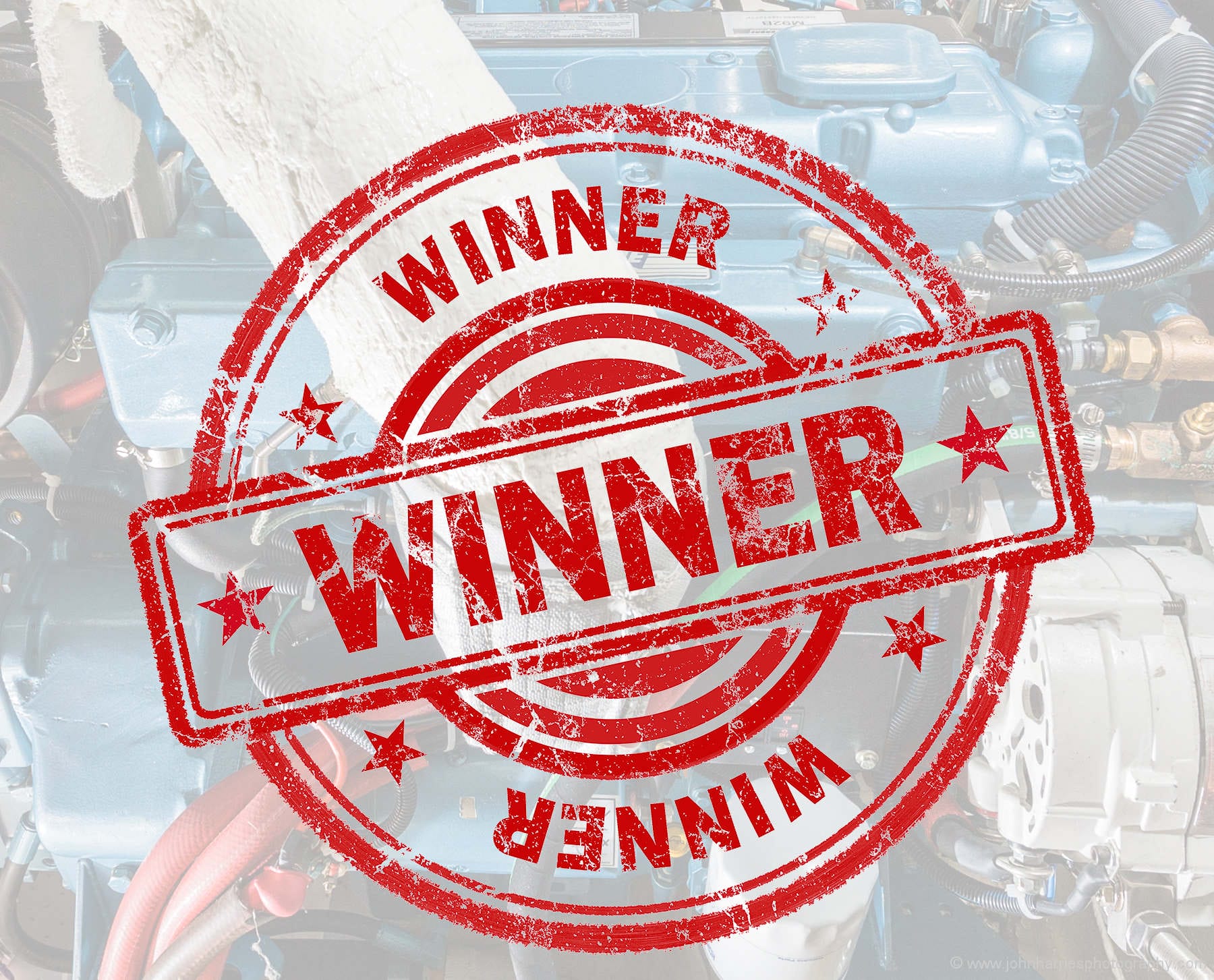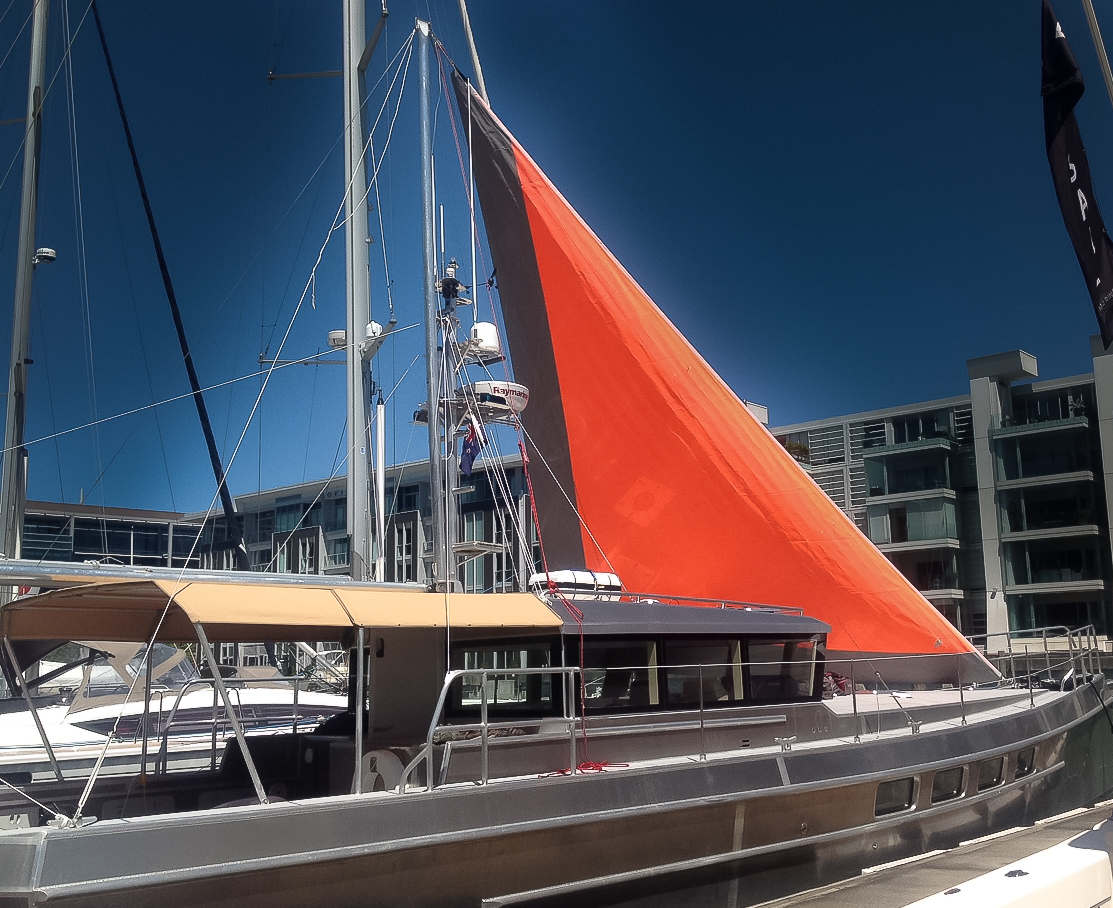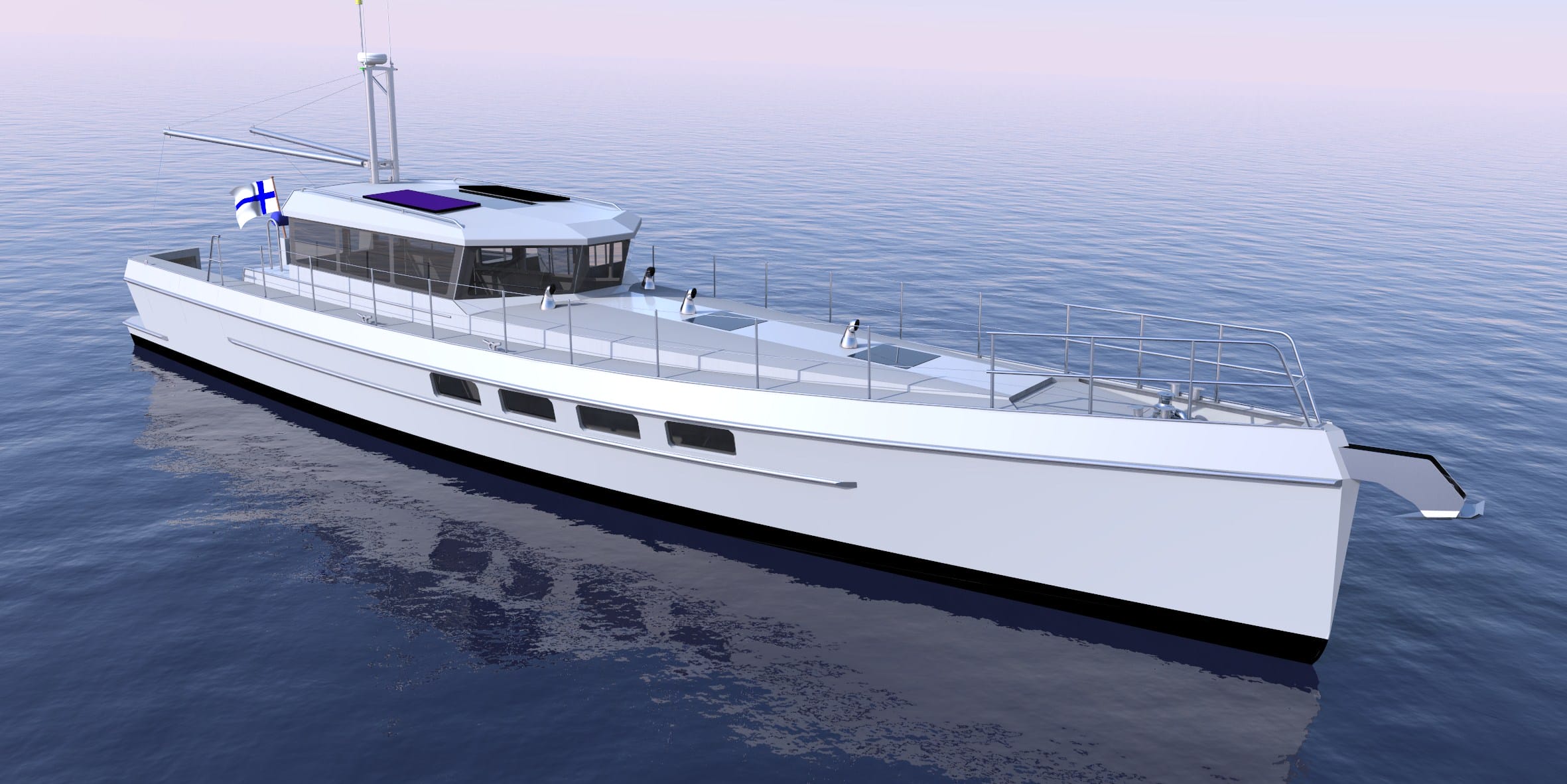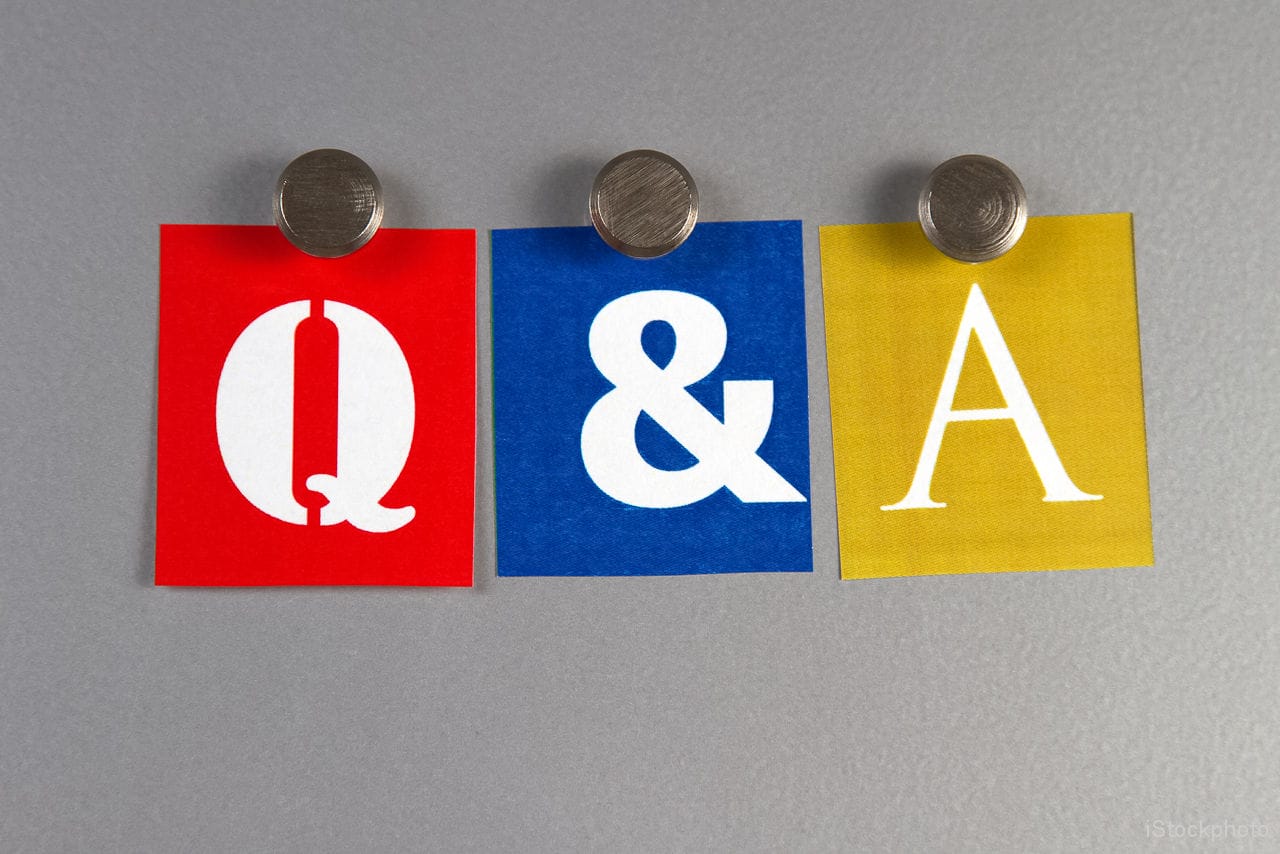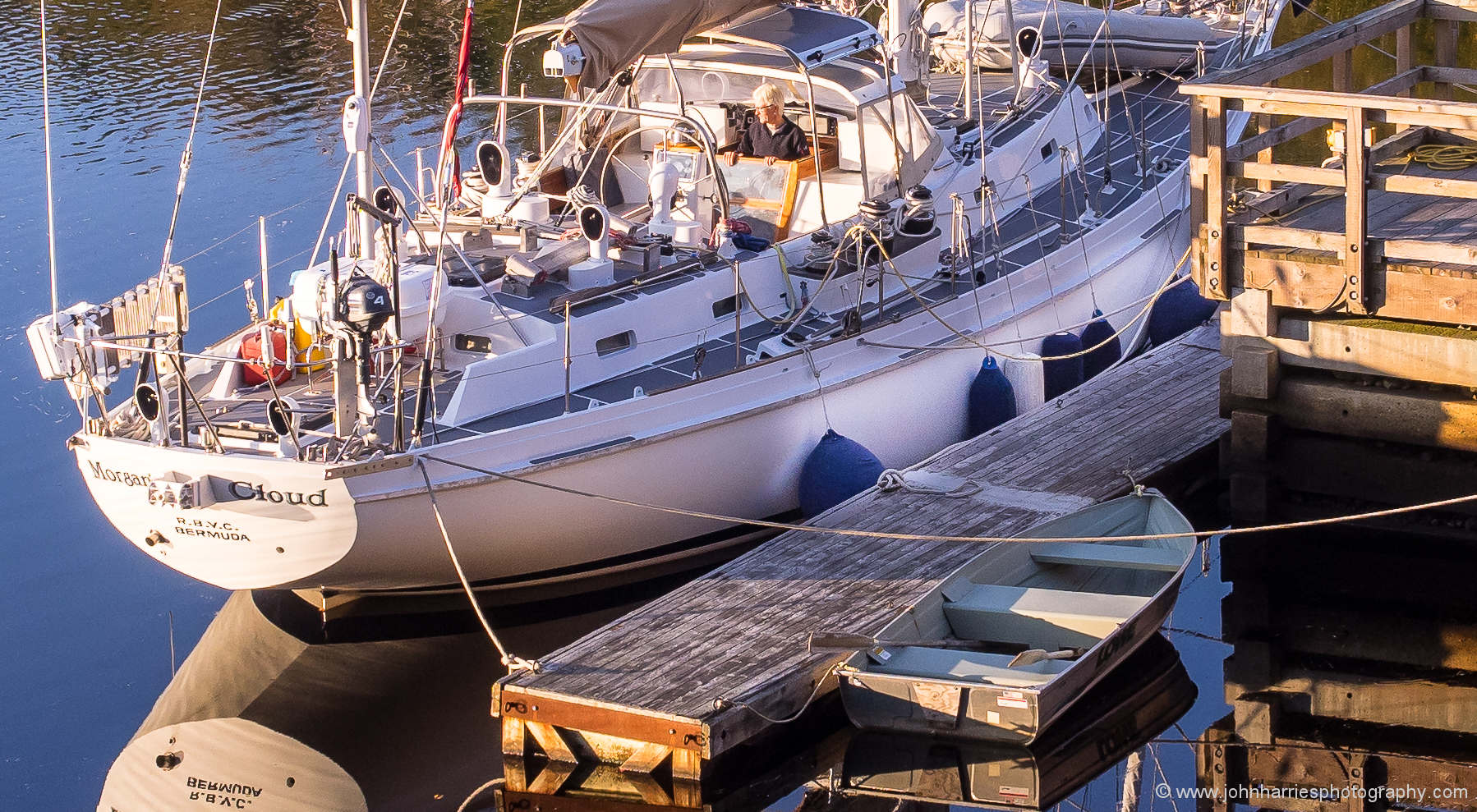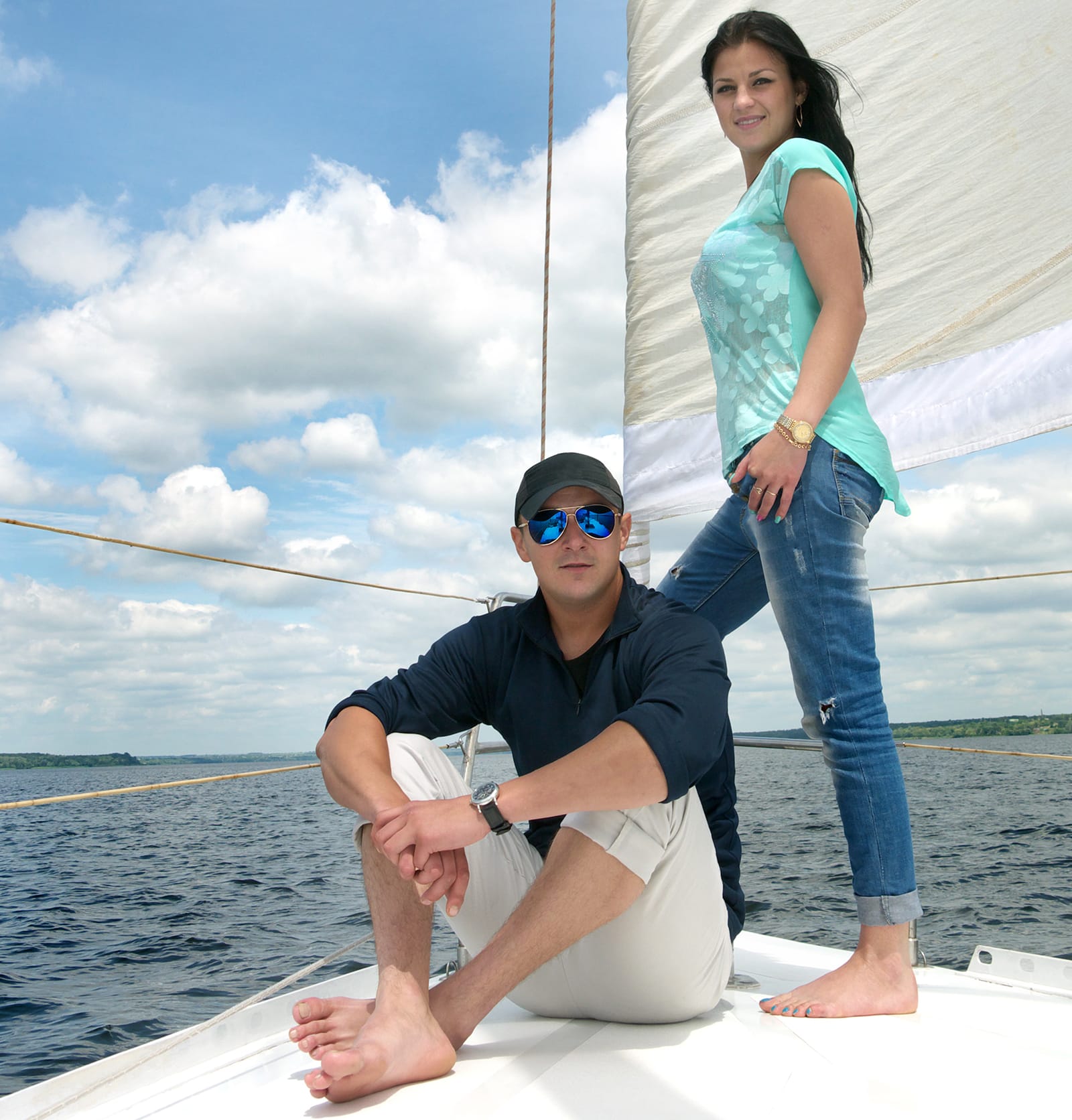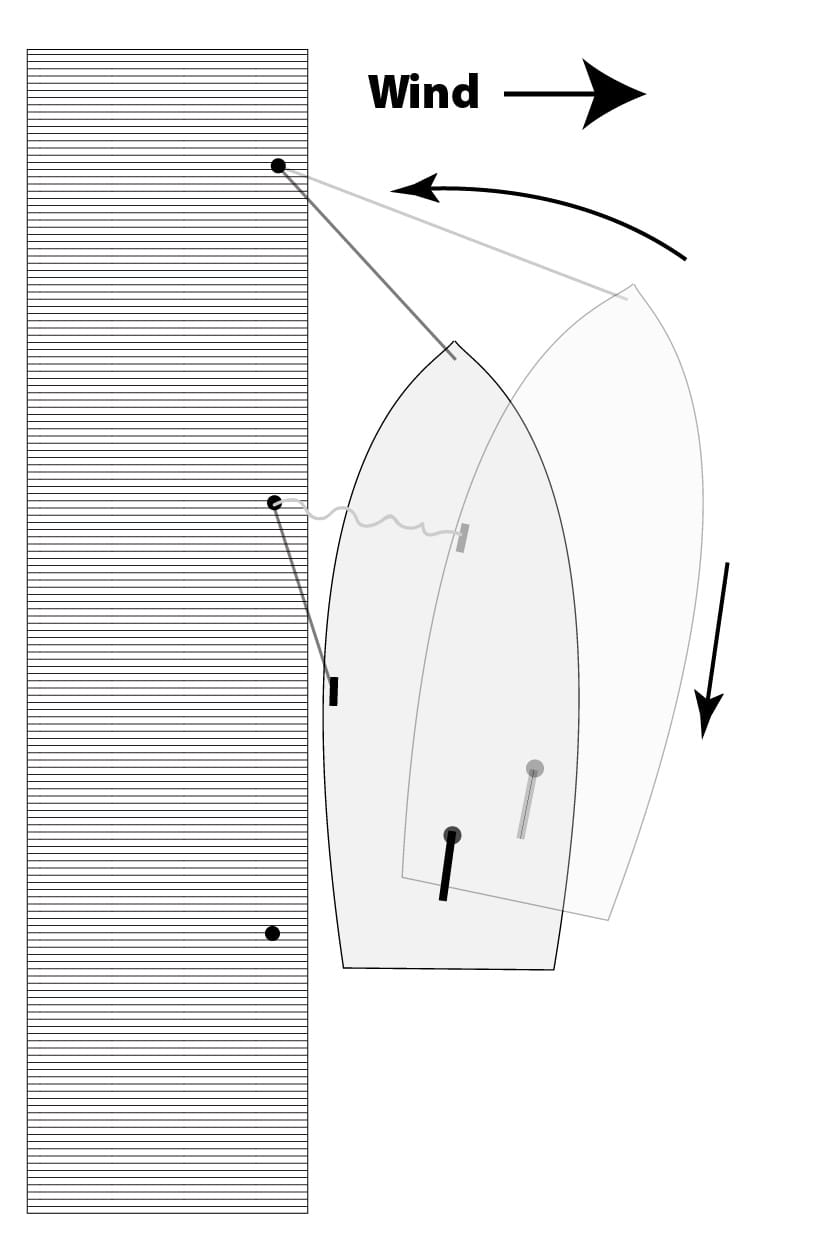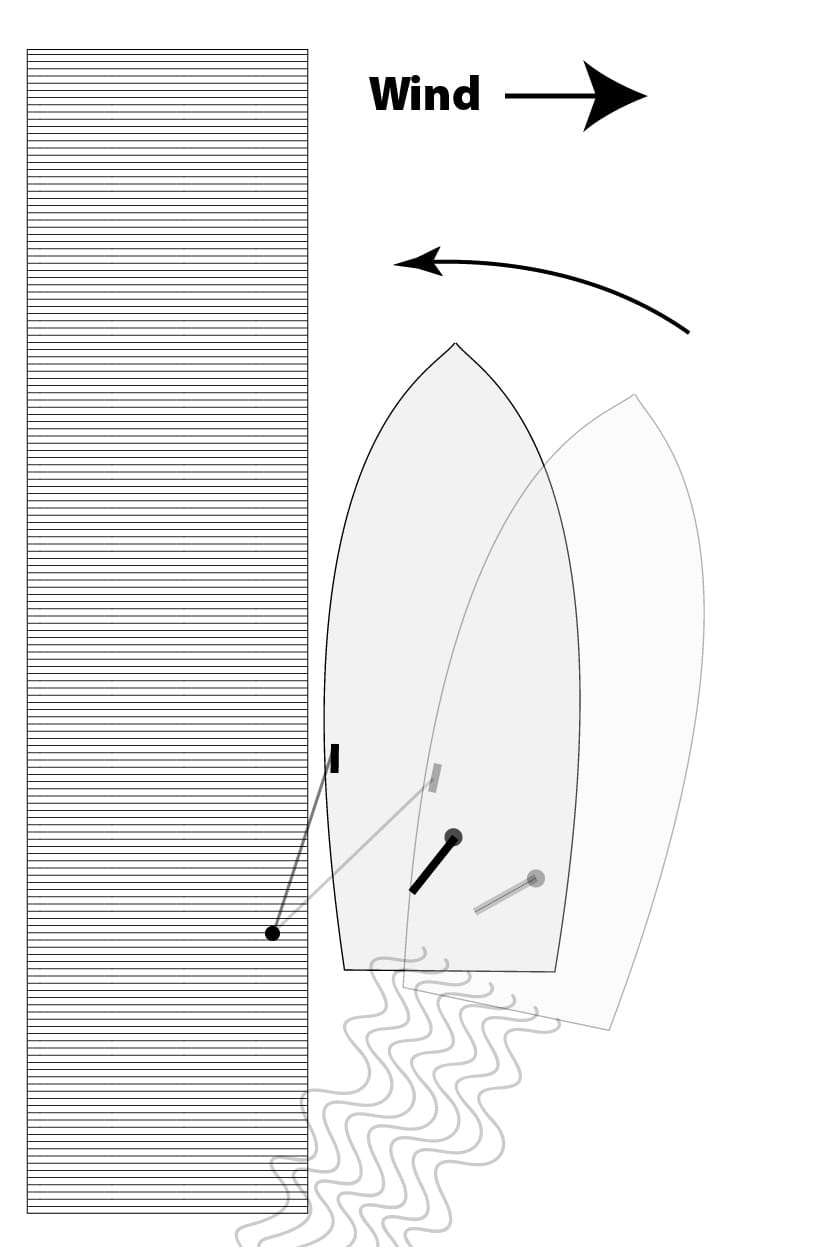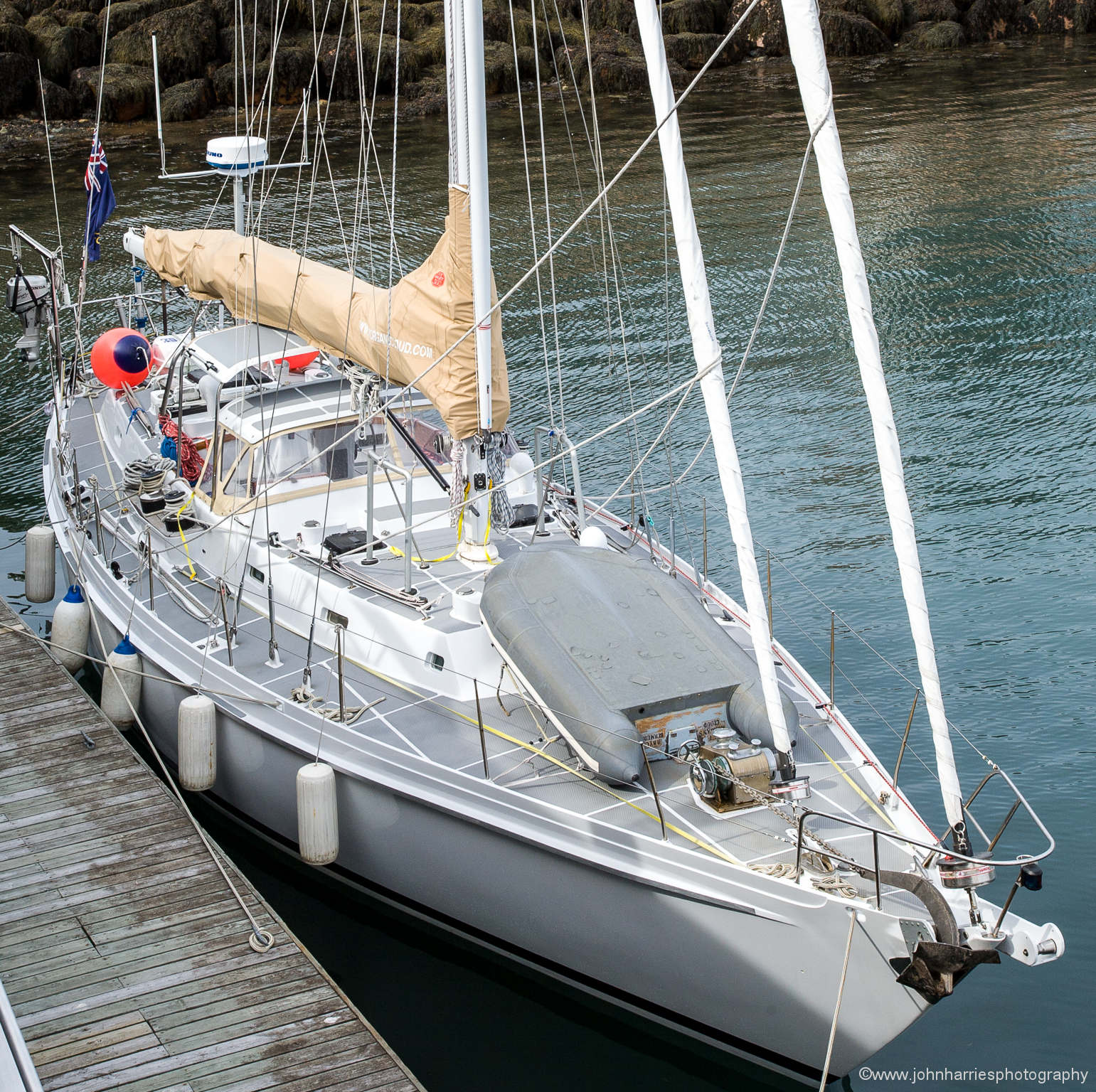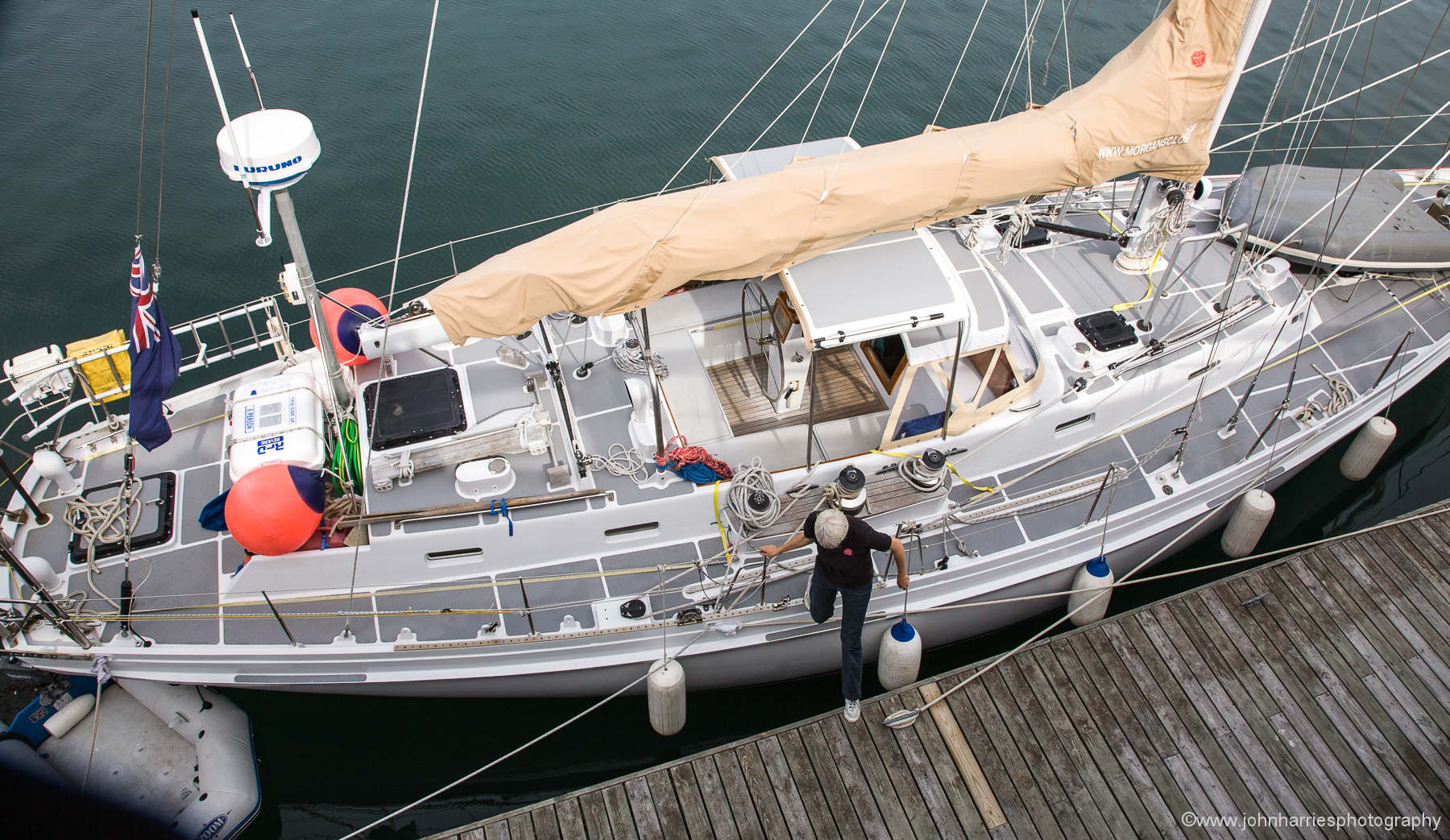-
Seven Skills We DON’T Need to Go Cruising
117 CommentsReading Time: 10 minutesMembersRead more: Seven Skills We DON’T Need to Go CruisingLearning everything we need to go cruising can be overwhelming, but John helps by exposing seven commonly-recommended skills we actually don’t need to master and, better still, sharing simple filters that will help all of us decide what’s not important so we can focus on what is.
-
Meeting Up With Steve and Linda Dashew
18 CommentsReading Time: 4 minutesFreeRead more: Meeting Up With Steve and Linda DashewMeeting up with Steve and Linda Dashew is always both fun and fascinating, with a lot to learn about offshore voyaging in boats of any size, even though their designs are way beyond the reach of most of us. John shares two of those lessons.
-
Don’t Swim Near Marinas
16 CommentsReading Time: 2 minutesFreeRead more: Don’t Swim Near MarinasMost of us know about the risk of electric shock drowning in fresh water, but what about in sea water? Should we be concerned?
-
We Love The Way Our Anchor Drags
62 CommentsReading Time: 4 minutesMembersRead more: We Love The Way Our Anchor DragsJohn explores a little-known selection criteria that every anchor buyer should know about.
-
Seamanship is Hard to Do
47 CommentsReading Time: 5 minutesFreeRead more: Seamanship is Hard to DoSeamanship is a word that gets bandied about all the time in the cruising community. But what does seamanship really mean? John and Phyllis get a hard real-world reminder.
-
Iridium GO! and UUPlus, Real World Use Review
120 CommentsReading Time: 7 minutesMembersRead more: Iridium GO! and UUPlus, Real World Use ReviewSo you bought a satellite phone or Iridium GO! to get email and weather information while at sea. But what software should you get? Here is the AAC benchmark product that we know, based on 20 years of use, will do the job well.
-
Can We Really Be Seen By Ships at Night?
57 CommentsReading Time: 4 minutesMembersRead more: Can We Really Be Seen By Ships at Night?We all have navigation lights, and many of us AIS transponders too, so we assume that other vessels can easily see us at night, but can they really? John shares some tips learned from a real life night encounter with another yacht.
-
John’s Thoughts & Photos—July 2017
1 CommentReading Time: 4 minutesFreeRead more: John’s Thoughts & Photos—July 2017John is back out cruising and thinking about great anchorages, small cruising boats, camping and prime lenses.
-
Crew Overboard Prevention—Use of Climbing Harnesses
36 CommentsReading Time: 2 minutesMembersRead more: Crew Overboard Prevention—Use of Climbing HarnessesWhat about using a climbing harness with tether for Crew Overboard Prevention (COB)? John takes a look at this oft-suggested idea.
-
Coming Alongside (Docking)—Taming the Wind
32 CommentsReading Time: 9 minutesMembersRead more: Coming Alongside (Docking)—Taming the WindBringing a boat alongside in good order is one thing when it’s calm, and quite another when it’s blowing the dog off the chain. John shares step-by-step instructions on how to make a good safe docking in big breeze, with no drama, shouting, or crashes.
-
GRIB Weather Files—You Gotta See The Rain
34 CommentsReading Time: 3 minutesFreeRead more: GRIB Weather Files—You Gotta See The RainThere are endless debates on forums about which is the best GRIB viewer, but most miss a key selection criteria. John shares what that is.
-
Coming Alongside (Docking)—The Final Approach
31 CommentsReading Time: 7 minutesMembersRead more: Coming Alongside (Docking)—The Final ApproachThe key to stress free approaches to wharves and floating docks (docking) is in understanding and anticipating what the boat will do in the final few seconds. John shares this vital information.
-
Coming Alongside (Docking)—Manoeuvring in Close Quarters
107 CommentsReading Time: 9 minutesMembersRead more: Coming Alongside (Docking)—Manoeuvring in Close QuartersMany cruisers miss out on the most sheltered berths in a harbour, but it does not have to be that way. Master this one close-quarters boat-handling skill, and getting in and out of tight places, even with a wind blowing, becomes easy.
-
10 Tips I Learned From a Stupid Thing I Did
75 CommentsReading Time: 6 minutesFreeRead more: 10 Tips I Learned From a Stupid Thing I DidDuring the some 35 years that John has owned offshore cruising boats, he has made some deeply stupid maintenance and gear decisions. Here’s his latest blunder and what we can all learn from it.
-
Get-Home Backup For Offshore Motorboats—Part 3, The Winner
61 CommentsReading Time: 5 minutesMembersRead more: Get-Home Backup For Offshore Motorboats—Part 3, The WinnerIn the last two articles we looked at whether we even need a get-home option for an offshore motorboat and concluded we do, so we looked at six options. In this chapter John reveals his winner, and why.
-
Get-Home Backup For Offshore Motorboats—Part 2, The Options
31 CommentsReading Time: 7 minutesMembersRead more: Get-Home Backup For Offshore Motorboats—Part 2, The OptionsThere are benefits and drawbacks to all get-home backup power options for offshore motorboats, which makes this vital decision surprisingly difficult. John shines a bright light on the tradeoffs of each option.
-
Get-Home Backup for Offshore Motorboats—Part 1, Is It Even a Thing?
39 CommentsReading Time: 5 minutesMembersRead more: Get-Home Backup for Offshore Motorboats—Part 1, Is It Even a Thing?When designing an offshore motorboat one of the first decisions we must make is what we intend to do if the main engine fails far from land or help. John takes a deep dive into this complex issue.
-
Determining When Heaving-To Is Dangerous
52 CommentsReading Time: 4 minutesMembersRead more: Determining When Heaving-To Is DangerousSo how can we be sure whether or not heaving-to will result in a knock-down or roll-over in heavy weather? John tackles this difficult but vital question.
-
10 Ways to Make Your Boat Easier to Bring Alongside a Dock
74 CommentsReading Time: 8 minutesMembersRead more: 10 Ways to Make Your Boat Easier to Bring Alongside a DockTen things you can change or add to your boat to make docking easy, including choosing the right fenders and lines.
-
Bare Feet, Or Not
30 CommentsReading Time: 2 minutesFreeRead more: Bare Feet, Or NotJohn sticks his neck out and gets right controversial but it’s really all about seamanship…it’s always all about seamanship.
-
Rigging The Spring That Makes Docking Easy, Or an Alternative
85 CommentsReading Time: 7 minutesMembersRead more: Rigging The Spring That Makes Docking Easy, Or an AlternativeAlternatives to an aft-running spring at the boat’s balance point, as well as how to determine where that magic aft spring fairlead should go if you decide to install one.
-
Coming Alongside (Docking) in 4 Easy Steps
48 CommentsReading Time: 6 minutesMembersRead more: Coming Alongside (Docking) in 4 Easy StepsNow we get to the good stuff: a step-by-step guide, with diagrams and video, that makes coming alongside easy, even short-handed and when the wind is up.
-
10 Tips to Make Coming Alongside (Docking) Easy
75 CommentsReading Time: 5 minutesFreeRead more: 10 Tips to Make Coming Alongside (Docking) EasyThese tips, which we have developed over two decades of coming alongside double-handed in a 56-foot boat without a bow thruster, will take the stress out of docking and make it easy…even fun too.
-
Introduction to Coming Alongside (Docking) Online Book
36 CommentsReading Time: < 1 minuteFreeRead more: Introduction to Coming Alongside (Docking) Online BookThis Online Book on docking (coming alongside) will truly take the drama out of this everyday activity for cruisers.
